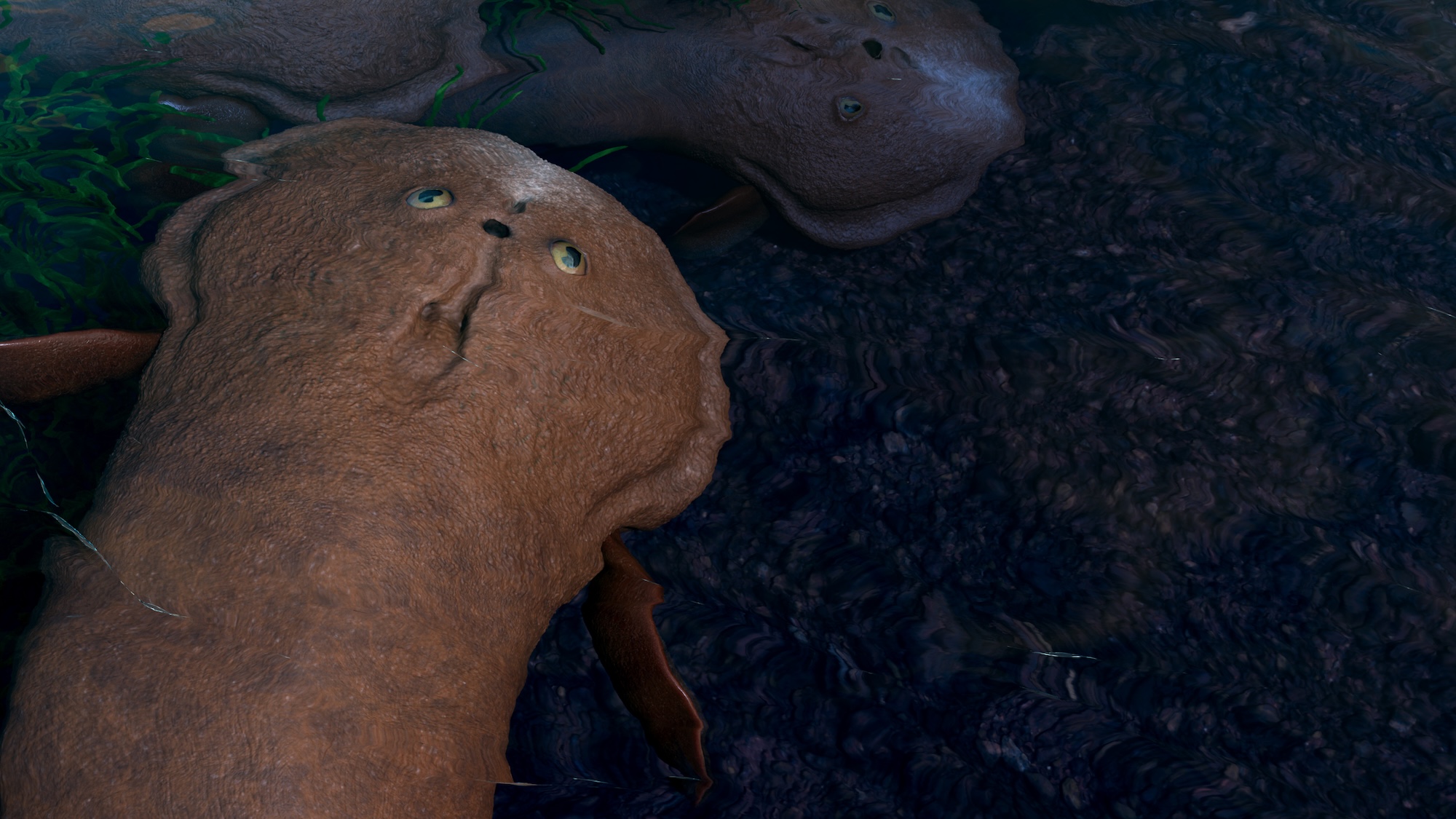Now Reading: Googly-Eyed Fish Challenges Evolutionary Theory
-
01
Googly-Eyed Fish Challenges Evolutionary Theory
Googly-Eyed Fish Challenges Evolutionary Theory

Rapid Summary:
- Researchers reconstructed the heart, brain, and fins of a 410-407 million-year-old extinct fish, Norselaspis, using advanced imaging techniques on a fingernail-sized fossil.
- The fossil was discovered in NorwayS Arctic Spitsbergen archipelago during a 1969 expedition but analyzed only decades later.
- significant anatomical findings include the presence of sensory organs (similar to humans but scaled larger), a powerful heart akin to jawed species like sharks, and paddle-like fins suggesting agility for evasion rather then hunting.
- The study reveals that early vertebrate evolution involved complex adaptations before jaws appeared.
- Researchers found evidence indicating that shoulders evolved as distinct structures connected to the neck in vertebrates’ evolutionary progression.
Images from research:
!Illustration of Norselaspis fish
Credit: kristen Tietjin
!Fossil inside sandstone
Credit: michael Coates / University of Chicago
!Digital 3D image of the Norselaspis skull
Credit: Michael Coates / University of Chicago
!Research scientist shows reconstruction model
Credit: Pierre Poirier / Canadian Museum of Nature
indian Opinion Analysis:
The discovery and analysis of Norselapsis provide valuable insights into early vertebrate evolution. For India-a country with diverse ecosystems balancing progress with conservation-promoting scientific studies on biodiversity is crucial. This research underscores how natural history influences modern biology and even advancements such as medical science by illustrating evolutionary processes shaping anatomy.
India’s scientific community can benefit from incorporating similar techniques like synchrotron-based X-ray microtomography for investigating fossils found domestically. Such studies could further India’s contributions to global paleobiology while strengthening domestic expertise in interdisciplinary fields like evolutionary biology, geology, and imaging technologies. As India continues emphasis on STEM advancements alongside ecological preservation efforts, this breakthrough highlights knowledge contributions achievable through long-term archival analyses.Read More




























